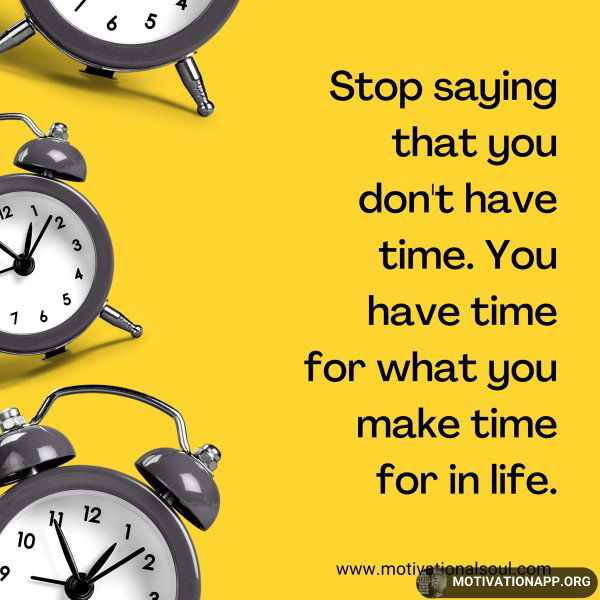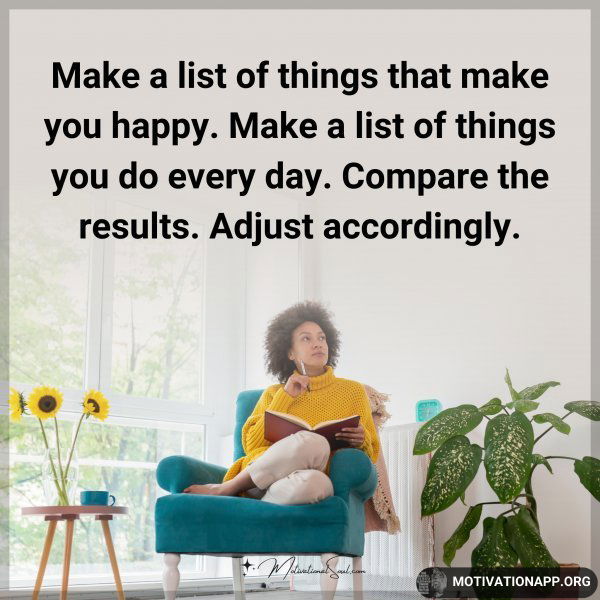Time Management Tips for a More Productive You

Time is Life. To waste your time is to waste your life. – Merrill Douglass
If you’re like most people, you’re always looking for ways to be more productive. Whether you’re a busy mom trying to juggle work and family obligations, or a marketer tasked with meeting deadlines, time management is essential.
There are a lot of different time management tips out there, but which ones actually work? In this blog post, we’ll share 10 tried-and-true tips that will help you make the most of your time. From setting priorities to delegating tasks, these tips will help you get more done in less time. So if you’re ready to boost your productivity, read on!
Set a daily or weekly goal to focus on and work towards it
Achieving success doesn’t have to be overwhelming; with a few simple tips and tricks it can be easy and enjoyable. One of the best ways to stay focused on achieving your goals is to set a daily or weekly goal to focus on. Concentrate hard on that one goal and work towards it, taking smaller steps if it helps. By breaking down bigger goals into smaller tasks, you’ll be able to move steadily closer towards your goal and make sure there’s something positive in each day enabling you to stay motivated and on track. Just make sure that your goals are realistic; that way, when you reach them, your sense of pride and accomplishment will keep you inspired!
Make a list of things you need to do each day and prioritize them
It’s important to create a list of tasks you need to do every day – they don’t have to be big or complicated tasks, just the items that will help make your day more productive. Once you have your list ready, take some time to think about which tasks are the most important and move them up in the priority list. This will help prevent you from getting overwhelmed when you may feel there is too much on your plate. Organizing daily lists and figuring out what is most urgent allows for better focus and, ultimately, higher productivity.

Set aside specific times for working on tasks and stick to them
You know how it goes: at the start of the day, you lay out a plan with all the things you want to accomplish. But at the end of the day, your tasks are left unfinished and you feel worse than when you started. Well, friend, this is where investing in setting specific times for getting your work done might help. These times act like boundary lines and give you a healthy structure to work within. It can also help put you into a productive headspace whenever that timer starts ticking away so that way, you’ll be able to focus on completing (or even surpassing!) what’s on your list without feeling so frazzled afterwards. Whether it’s working from 9am-noon or 2-5pm–as long as it’s mappable and doable–you will now have more time for leisurely activities or for just doing nothing!
Take breaks when you feel overwhelmed or stressed – but don’t get too comfortable!
Taking a break when you feel overwhelmed or stressed can be incredibly beneficial because it gives your mind and body the time and space it needs to refresh. Breaks don’t need to be long; simply taking five minutes away from whatever task you have been working on can help you look at the situation with a fresh pair of eyes. That said, don’t get too comfortable during your break. Sitting in an uncomfortable position or listening to upbeat music can stimulate your senses and help transition your mindset back into work mode. If possible, use breaks as an opportunity to incorporate some fitness into your schedule – even just a few minutes of stretching can rejuvenate both your body and mind.
Keep track of how much time you spend on each task so you can identify areas where you need to improve
It’s easy to feel overwhelmed when we’re trying to manage multiple tasks. But keeping track of your time can help you stay on track and identify areas where you need to improve. You don’t need an expensive piece of software or app – depending on how simple or complicated you want to get, you can use a timer, a spreadsheet, a tracking app or good old pen and paper. Even if it seems tedious at first, once you’ve got the hang of it, taking the time to keep track of how much time you spend on each task can give you clarity about what works for your working style and what doesn’t – so that you can make changes where necessary.

Delegate tasks to others if possible, or outsource them altogether
There’s no denying that multitasking can be incredibly helpful, especially when it comes to increasing productivity. However, sometimes it can also lead to overwhelm. Outsourcing and delegating tasks can be a great way to support yourself while still getting things done. Of course, it might cost more upfront but consider if the time saved is worth the money spent – chances are it is! Delegation doesn’t have to mean completely offloading work either – for instance, delegate smaller parts of a project or most basic duties instead to save you time without breaking the budget. Don’t be afraid to reach out for help – sometimes we just need someone else’s support and expertise in order to get things done correctly and efficiently.
Time Saving Techniques of motivated people:-
- Make a to-do list for each day and prioritize tasks by importance.
- Break down large tasks into smaller, manageable pieces.
- Set short breaks throughout the day to refresh your mind and body.
- Utilize ‘batching’ techniques to quickly finish identical tasks in one go.
- Automate tasks that repeat regularly, such as paying bills or filing expenses.
- Learn keyboard shortcuts for the tools you use most often to save time when typing or navigating menus.
- Set deadlines well ahead of your actual goal date and work backwards from there with smaller intermediate goals.
- Use task management apps, like Trello or Asana, to organize your thoughts and keep track of progress on projects.
- Stop multitasking and focus on one task at a time instead of switching between multiple activities simultaneously.
- Timebox activities: set a specific duration for each task so it does not become too much of a distraction from other tasks.
Hopefully these tips will help you be more productive and get better results from your work. If you find that you’re still struggling, don’t give up – keep on reading and trying different tactics until you find a system that works for you. What have you found to be the most effective way to stay productive? Let us know in the comments below!




Recent Comments